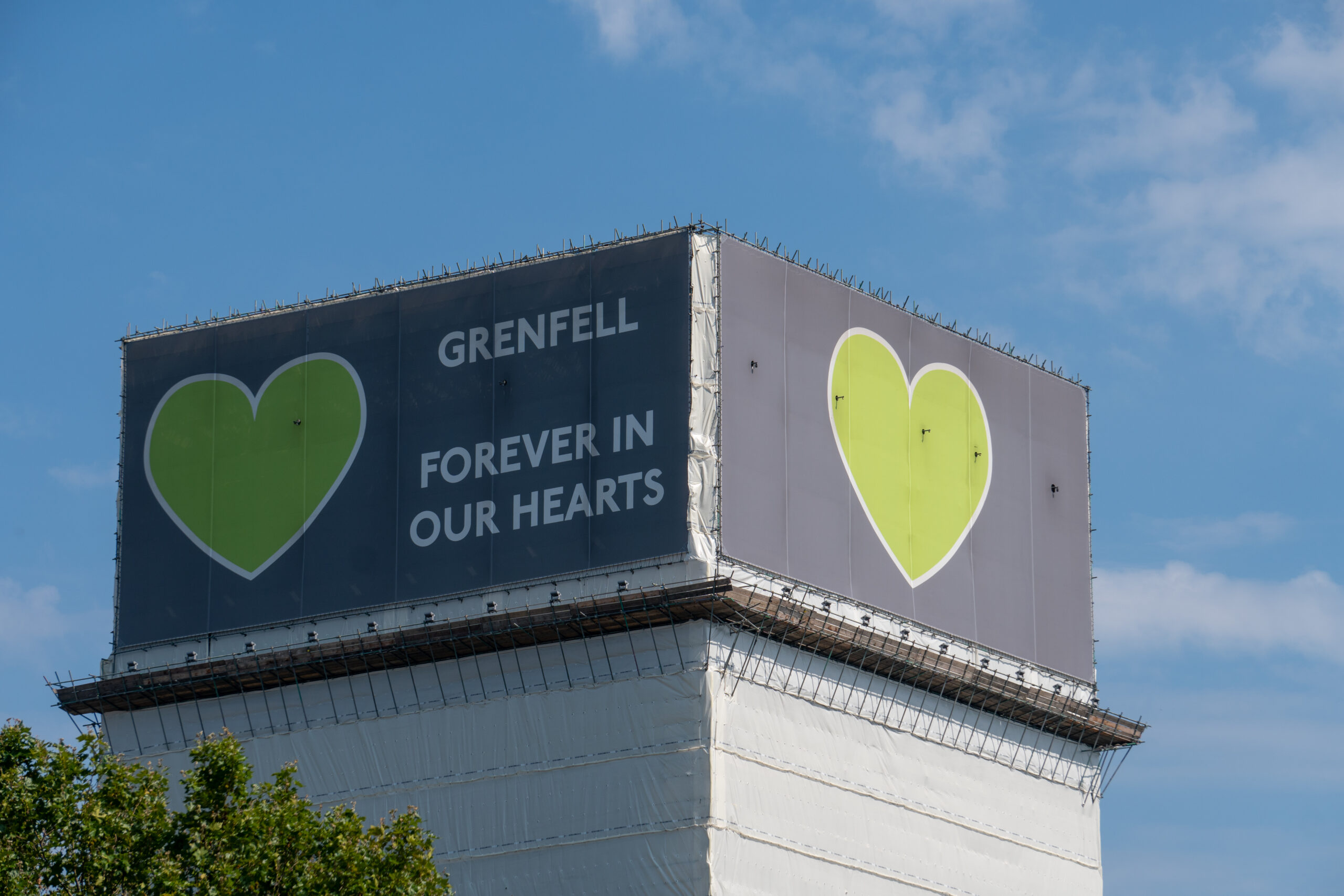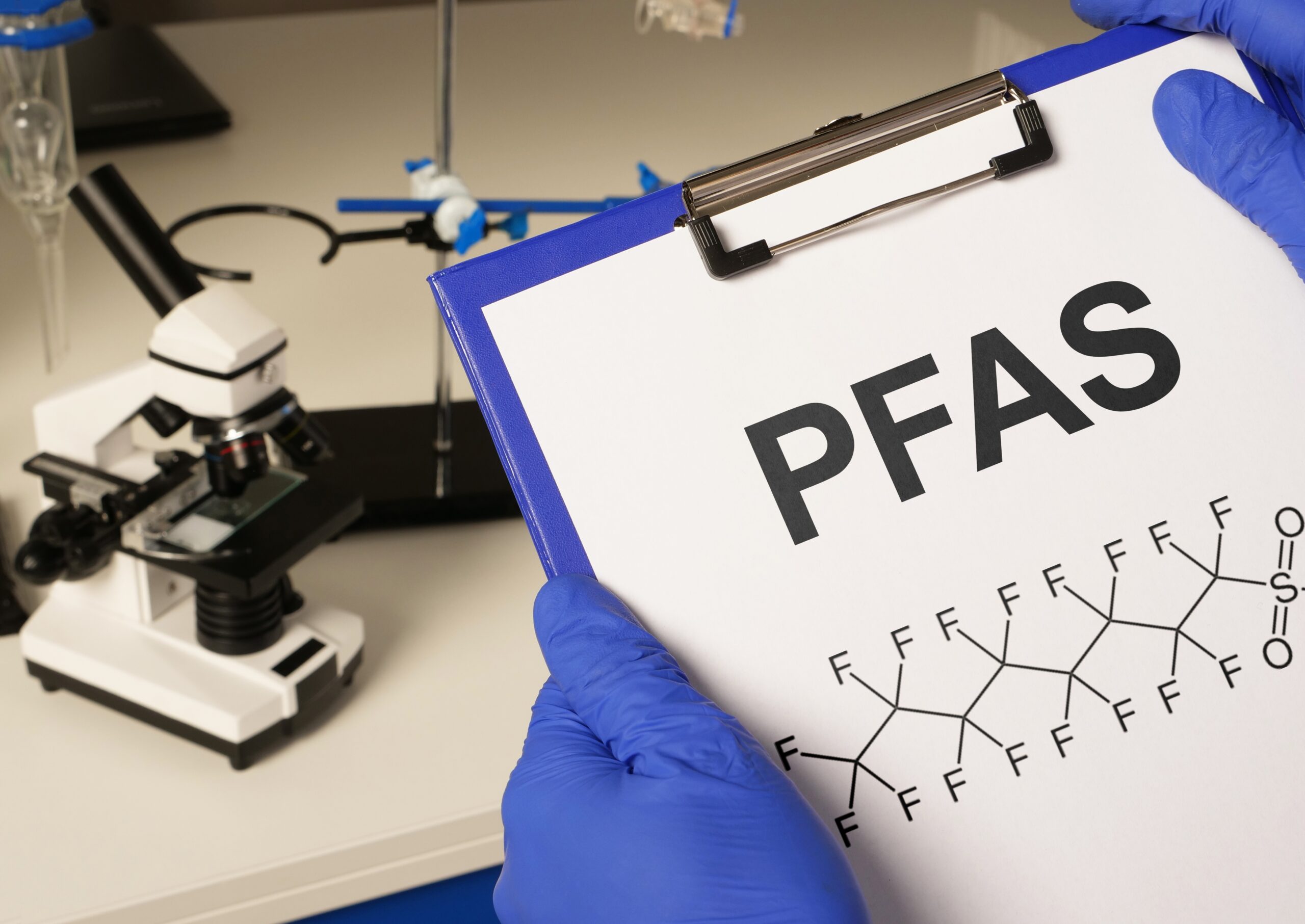
Grenfell Tower Inquiry: Phase 2 Report
Last week saw the publication of the second and final Grenfell Tower Inquiry report (“Report”) examining the circumstances that led to the tragedy which claimed 72 lives more than seven years ago.
The damning Report concluded that the “culmination of decades of failure by central government” and the “systematic dishonesty” of product manufacturers contributed to a rotten culture at the heart of the industry, setting the path to disaster.
Below is a summary of the key findings in the Report.
Summary of Report Findings
The Report named and shamed a number of parties, including, amongst others:
- The government. From the fires that involved extensive spread through combustible external panels at Knowsley Heights in 1991, Garnock Court in 1999 and Lakanal House in 2009 respectively; to the knowledge of BRE’s large-scale test results showing ACM panels burnt violently in 2001; and awareness of the industry’s worries that combustible insulation and ACM panels were routinely used on high-rise buildings in breach of building regulations – time and time again, the government failed to act in relation to the risks posed by use of these combustible materials in buildings. The government’s deregulatory agenda also contributed to the disregard and delays in strengthening the fire safety regime.
- The Building Research Establishment. The BRE, recognised as a leader in fire safety nationally and internationally, was regularly engaged by the government to carry out research and provide reports. The Inquiry uncovered issues with the BRE such as poor record-keeping, and a lack of scientific rigour, which exposed it to manipulation of test results by product manufacturers. Further, the BRE seemed to have been reluctant to draw the government’s attention to the dangers presented in the cladding products it tested, and the reports presenting these risks to life were drafted in less than overt terms.
- Arconic Architectural Products, Celotex and Kingspan. These companies were manufacturers of the combustible ACM cladding and insulation materials used in the refurbishment of Grenfell Tower. Despite being fully aware the products they sold came with grave concerns for fire safety and were unsuitable for using on high-rise buildings, they all “engaged in deliberate and sustained strategies to manipulate the testing processes, misrepresent test data and mislead the market” so as to further their own commercial interests at the expense of others.
- Rydon, Harley Façade and Studio E. The principal contractor, cladding subcontractor and architect engaged in the refurbishment project were all criticised for failing to understand and discharge their obligations under the contracts. None of them were found to have acted in accordance with the standards of a reasonably competent person in their respective positions. In particular, as the architect of the refurbishment project, Studio E was responsible for the design of the external wall and its choice of materials, and therefore bears a “very significant degree of responsibility”.
The Report also addresses two matters outstanding from the Inquiry Phase 1:
- On the contribution to the fire by ACM panels and the insulation boards, it confirms that the principal factor in the rapid growth of fire was the unmodified polyethylene in the ACM panels, though the insulation (due to its heat retaining ability) was also key.
- As to how the fire escaped into the external wall of the building from the kitchen of the flat where the fire first started, it confirmed the findings in Phase 1, i.e. due to the proximity of combustible cladding to the fire, where the fire likely escaped via the route of a collapsed uPVC window jamb into the column cavity in the external wall.
The Report contains various recommendations targeting the deficiencies identified, with the aim of preventing another cladding fire disaster. To enhance accountability and ensure the government will seriously consider the recommendations affecting fire safety going forward, the Inquiry recommends that the government be legally required to maintain a publicly accessible record of recommendations made by select committees and public inquiries, and document the steps taken in response.
Key Takeaways
The Grenfell Tower fire is a disaster that could have been avoided.
At present, there remain some 2,000 residential buildings in the UK at 11 metres or over identified has having unsafe cladding, in respect of which remedial works have yet to commence. The recent fire that engulfed a block of flats in Dagenham with “non-compliant” cladding highlights the urgency for remediation: there can be no excuses for history repeating itself.
Developers, landlords and construction professionals with cladding exposures should proactively step up to collaborate on completion of investigations and remedial works, to make homes safe. The Report provides some guidance on the apportionment of liability among the various industry stakeholders, which could potentially be helpful for parties pursuing recoveries / seeking contributions, for projects with unresolved cladding and fire safety claims.
Queenie Wong is an Associate at Fenchurch Law
Other news
PFAS – Out of the Frying Pan into the Court Room?
26 November 2025
Fenchurch Law considers the impact of PFAS on the UK insurance sector, following the rise of litigation progressing…
You may also be interested in:
Archives
Categories
- Press Release
- Uncategorized
- The Good, the Bad and the Ugly
- Fenchurch Law Webinars
- Stonegate
- Newsletter
- Events
- Webinars
- Comparing German and English Insurance Law – A Series
- Construction Risks
- Operations
- Business Development
- Construction & Property Risks
- News
- International Risks
- Legislation
- Financial & Professional Risks
- Case Law
- Professional Risks



